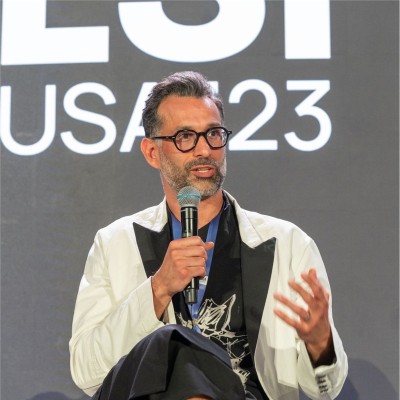- Video Library
- Berk Tas, SentiAR - Holographic Visualization of a Patient | LSI USA '24
Berk Tas, SentiAR - Holographic Visualization of a Patient | LSI USA '24

Berk Tas
Highly motivated and experienced leader, with high speed product development expertise who brings new products to market utilizing innovative technologies. Skilled in translating needs into strategic technology and product initiatives. Ensures commercial success through evidence generation and demand creation for released products. Experienced in providing product development, operations and manufacturing leadership for commercial products as well as products in trials / development. Drives business growth through customer intimacy and understanding of real unmet needs. Deeply passionate about exploring new business models and organizational structures that can maximize the well-being of others around us. Constantly looking for opportunities in the intersection between human needs, environmental/social responsibility and business interests. How do we interact with the world around us? How do we evolve to a better world and stay relevant?
Berk Tas
Highly motivated and experienced leader, with high speed product development expertise who brings new products to market utilizing innovative technologies. Skilled in translating needs into strategic technology and product initiatives. Ensures commercial success through evidence generation and demand creation for released products. Experienced in providing product development, operations and manufacturing leadership for commercial products as well as products in trials / development. Drives business growth through customer intimacy and understanding of real unmet needs. Deeply passionate about exploring new business models and organizational structures that can maximize the well-being of others around us. Constantly looking for opportunities in the intersection between human needs, environmental/social responsibility and business interests. How do we interact with the world around us? How do we evolve to a better world and stay relevant?

17011 Beach Blvd, Suite 500 Huntington Beach, CA 92647
714-847-3540© 2025 Life Science Intelligence, Inc., All Rights Reserved. | Privacy Policy







